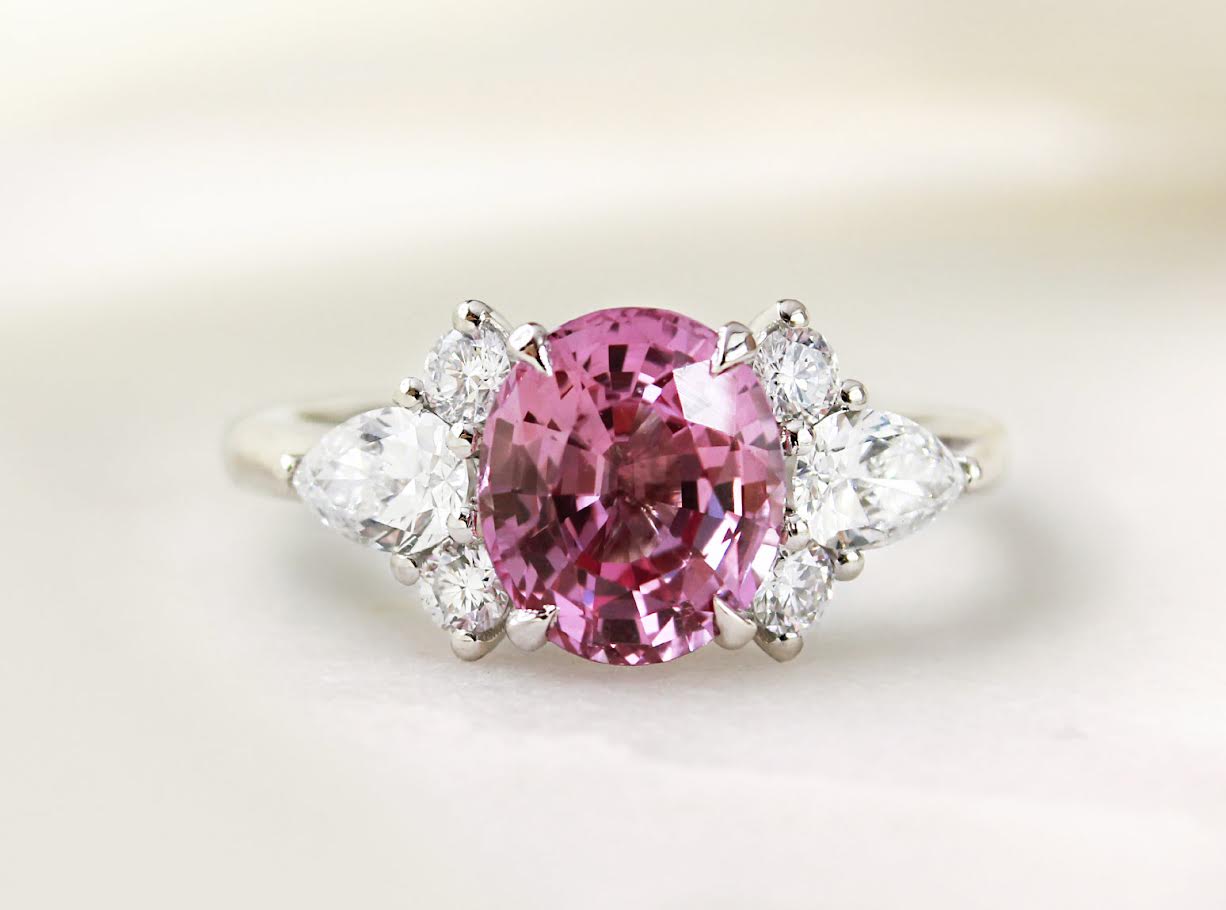
According to sources, the pink diamond is one of the rarest and most sought-after jewels in the world. Distinct features and ranges of wonderful colors made them known as a symbol of luxury, rarity and elegance. In this extensive guide, we’ll explore the origins, attributes, grading, and the valuation of a pink diamond, while providing useful advice to buyers and investors looking to make an investment.
Contents
Understanding the Origin and Formation
Deep within the earth where a pink diamond came from is a place of extreme heat and pressure over millions of years. The pink hue in these diamonds is different from other diamonds, which get their color from trace elements added while forming in the crystal structure, which is a while ago. As light passes through the stone it is electronically processed into something so beautiful and unique that people are desperate to get their hands on it!
Primary Sources of Pink Diamonds
Most of their production historically has come from Australia’s Argyle Mine, formerly the world’s biggest supplier by far before it closed down in 2020. Pink diamonds, however, are becoming even scarcer today, as only a few mines, mostly in Russia, Brazil and South Africa, produce them.
Understanding the Pink Diamond Grading
1. Color
Depending on the strength and depth of the color, a diamond will often be given one or more additional descriptors such as fancy light, fancy intense or fancy vivid. The deeper, the more intensely saturated the pink hue, the rarer, the more the diamond will count.
2. Cut
The cut also decides if you want the good or bad keg warts. You want to work with a talented cutter who tries to keep the stone’s color as vibrant as possible by cutting it into the shape that highlights how naturally beautiful the stone already is. Cushion, radiant and oval are popular cuts for pink diamonds and showcase the diamond’s color and sparkle best.
3. Clarity
Presence of any impurities or blemishes within the stone refers to clarity. A pink diamond doesn’t have to have a claiming inclusions, but will sell for more than a higher clarity grade. But, even though they may be tiny, inclusions are not usually thought to be detrimental, unless they interfere with the overall play of beauty or color intensity in the diamond.
4. Carat
Value of a diamond depends on its weight. Large stones are extremely rare, and pink diamonds are usually smaller. The larger the carat size however, the rarer the stone and the greater the price.
Investment Potential
You don’t just buy pink diamonds because they’re beautiful; they’re also a safe investment. Since rare and some key sources like the Great Argyle Mine have closed, so has the supply of these diamonds, making them attractive commodities to investors.
Tips for Investing in a Pink Diamond
- Research Thoroughly: Know how to understand the grading system and nuances of a pink diamond and buy one at your own accord.
- Verify Certification: Make sure always that the diamond is certified by a grade member like GIA.
- Choose Rare Colors: The more intense the pink, the rarer, and thus the more valuable, the diamond. Search for ‘fancy vivid’ or ‘fancy intense’ grades.
- Seek Professional Advice: The choice is left to you to buy the right pink diamond from your investment portfolio; you may need to consult a gemstone expert or an investment advisor.
Conclusion
Pink is one of nature’s combinations of beauty, rarity and investment opportunity that is unparalleled. It gives buyers the ability to make informed and lucrative choices from its unique formation and grading system, as well as what drives their high value. A pink diamond is one of nature’s rarest treasures, and can make a stunning addition or shrewd investment to any collection or for the future.